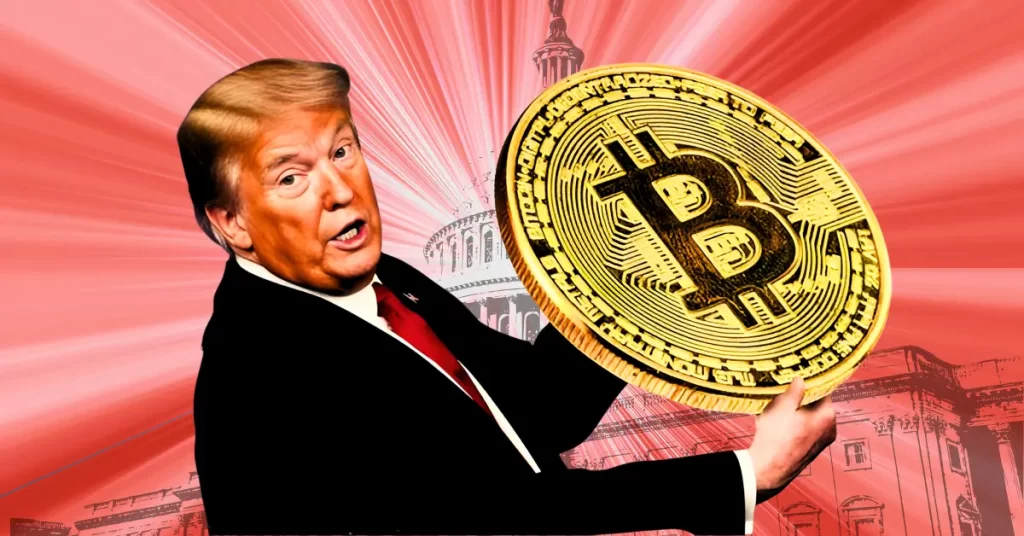
In the latest XRP news update, Teucrium CEO Sal Gilbertie addressed the Ripple token as the cryptocurrency with the highest utility. After launching the first-ever XRP ETF, the investment firm’s CEO remains vocal about the token’s utility and real-world use cases.
While hailing XRP as the most useful crypto asset, Gilbertie underscored its unique value proposition and strong development backing. Let’s explore the token’s unique use cases through the lens of the Teucrium CEO.
XRP News: Why Did Teucrium Choose Ripple Token? CEO Explains
In a recent interview with Bloomberg, Teucrium CEO Sal Gilbertie praised the XRP token for its real-world utility. For him, XRP stands unique among other cryptocurrencies due to its dual strengths: a tradable asset with a clear function and robust development support. Gilbertie cited,
We chose XRP because we believe it’s the coin with the most utility. It’s not just speculation; it facilitates real transactions. Ripple is a team of true professionals.
Bitcoin or XRP?
Furthermore, the Teucrium CEO shared a comparative study on XRP and Bitcoin. Contrasting XRP with BTC, the CEO described the former as a practical tool for transferring value. He posited, “Bitcoin is a store of value, and that’s valid. But XRP has a real use case.”
Teucrium CEO Praises Ripple Team
Investment giant Teucrium recently launched the first-ever XRP ETF, sparking optimism within the Ripple community. After a week, the CEO came forward, expressing the platform’s enthusiasm for the project.
In addition, CEO Gilbertie praised Ripple and its team for their endeavors over the past years. He hailed the Ripple team as “professional people working really hard.”
According to Gilbertie, both Ripple and XRP are paving the way for a significant shift in the financial landscape. He added that the platform envisions a future where everything is tokenized.
Further bolstering his statements, he addressed Ripple’s recent acquisition of the broker-dealer Hidden Road. He acknowledged it as a phenomenal development towards the integration of traditional finance with decentralized finance (DeFi).
The post XRP News Update: Teucrium CEO Calls Ripple Coin the Most Useful Crypto After ETF Launch appeared first on CoinGape.





